The Next Thing
The Next Thing
Art in the Twenty-First Century
Edited by Pablo Baler

Fairleigh Dickinson University Press
Madison Teaneck
Published by Fairleigh Dickinson University Press
Co-published with The Rowman & Littlefield Publishing Group, Inc.
4501 Forbes Boulevard, Suite 200, Lanham, Maryland 20706
www.rowman.com
10 Thornbury Road, Plymouth PL6 7PP, United Kingdom
Copyright 2013 by The Rowman & Littlefield Publishing Group, Inc.
All rights reserved . No part of this book may be reproduced in any form or by any electronic or mechanical means, including information storage and retrieval systems, without written permission from the publisher, except by a reviewer who may quote passages in a review.
British Library Cataloguing in Publication Information Available
Library of Congress Cataloging-in-Publication Data
Next thing (Fairleigh Dickinson University Press)
The next thing : art in the twenty-first century / edited by Pablo Baler.
pages cm
Includes bibliographical references and index.
ISBN 978-1-61147-451-0 (cloth : alk. paper)ISBN 978-1-61147-452-7 (electronic)
1. Art, Modern21st centuryPhilosophy. I. Baler, Pablo, 1967editor of compilation. II. Title.
N66.N45 2013
709.05dc23 2013008709
 The paper used in this publication meets the minimum requirements of American National Standard for Information SciencesPermanence of Paper for Printed Library Materials, ANSI/NISO Z39.48-1992.
The paper used in this publication meets the minimum requirements of American National Standard for Information SciencesPermanence of Paper for Printed Library Materials, ANSI/NISO Z39.48-1992.
Printed in the United States of America
To Mario Gluschankoff
Master of textures and bohemian extraordinaire

Contents

Special Thanks
The publication of this book was made possible through the support of the following institutions:
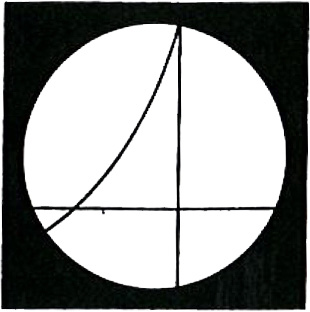
College of Arts and Letters, California State University, Los Angeles.

John Fowles Center for Creative Writing, Chapman University.
Oldenborg Center, Pomona College.

Modern Languages and Literatures department, Claremont McKenna College
and

The Gould Center for Humanistic Studies, Claremont McKenna College

Acknowledgments
Since the inception of the idea of The Next Thing , I have bothered so many publishers, writers, artists, gallerists, investors, relatives, friends, old friends, and even enemies that I should eschew my impulse to bother you once again with a long page of appreciations. Yet, gratitude is stronger than shame.
Im urged to thank Sara Hodara, Jon Beaupre, Barbara Gilbert and Joel-Peter Witkin, the Catherine Edelman Gallery, the poet Nstor Daz de Villegas and Esther Mara Hernandez, Abri and Adri Baler, the ineffable Gali Baler, the Indigogo crowd, and of course, the Spiritual chiefdom of Aron y Martita Baler. I thank Fiona, Dylan, and Naomi as well for their fortitude and patience in fighting the inequitable battle for attention against a book in progress. I thank Lorena Menutti, Gregorio and Silvia Koss, Cherry Mullaguru, Rita Bashaw and the Oldenborg Center at Pomona College, Lisa Farella, Gustavo Bodner, Marie-Denise Shelton, Jos Kozer, Martha Orellana, Floris Kaayk, Aziz + Cucher, James Peck, Peng Feng, Richard Shusterman, Bridgette Stokes, Sheila Lefor, Denise Miller, Paul Nelson, Roberto Cant, Angela Levine, Elsa Drucaroff, Grace Dvila Lopez, Joel Silberman, Marcelo Melcocha Pellegrini, Peter McAllister and the College of Arts and Letters at California State UniversityLos Angeles, Mark Axelrod and the John Fowles Center for Creative Writing at Chapman University, Amy Kind and the Benjamin Z. Gould Center for Humanistic Studies at Claremont McKenna College, Stephanie Hutin and Eddie Gonzalez from Pitzer College Media Studies Production Center, Polona Tratnik, and Extreme Futurists Rachel Haywire and Sia Abderezai. Also a thanks to my friends in Hegel and mentors in Adorno, Curtis Carter and Tony Cascardi, and the team of editorial assistants headed by Maya Mrquez and Matt Losada, as well as Caitlyn York and my production assistants Priscilla Oviedo-Johnson and Jacqueline Pentzel.
Finally, Im deeply indebted to each one of the contributors who tolerated me and humored every single whim, a thanks also to the featured artists (see list of images) who in the interest of scholarship released the copyright of their images. The first thank-you goes, however, to Fairleigh Dickinson University Press Director Harry Keyishian for his vision that mysteriously allowed him to read the book even before it was written, and of course to my gracious editor Brooke Bascietto and Rowman & Littlefield and to you, the Reader, who will make the ultimate editorial sacrifice by reading and hopefully enjoying these essays.
According to the rather traditional vision of Ernest Renan, a Nation is defined as a group of people who have done great things together and wish to do more . In contrast to that, Hommi Bhabha understands the Nation as a fluid space in constant transformation characterized by ambivalence and hybridization. Following either one and both of these contradicting approaches, I want to say to all who have been involved in the adventure of this Next Thing, that we are, already, a small Nation. A Nation with ad hoc histories , untested traditions, and deeply rooted iconoclacies, a Nation with lyrical disloyalties and epic cowardices, a Nation with reified epiphanies, atomized geographies, common doubts, and bound-less allegiances... but a great Nation nonetheless.
P. B.
Introduction

The Thing, Next
To all appearances, the artist acts like a mediumistic being who, from the labyrinth beyond time and space, seeks his way out to a clearing.
Marcel Duchamp The Creative Act
Its Nine Oclock
The Spanish avant-garde agitator Ramn Gmez de la Serna attempted to solve the mystery of the generation gap in a much-quoted one-liner: It is difficult to determine when a generation ends and the next one begins. We would say that it happens, more or less, at nine oclock. This greguera jokingly points to the immeasurable dynamics at work in paradigm shifts, while revealing, at the same time, the vertigo experienced during periods of historical acceleration such as the one framing the ideas and practices of the avant-garde.
The commissioned essays gathered in this book are written from a comparable vertigo, stemming from the suspicion that we are on the brink of a drastically shifting worldview and that key features of the sensibility that will define this century as a departure from modernist and postmodernist sensibilitiesare already emerging. The writers, artists, and thinkers gathered for this anthology also recognize that it falls upon the critical alertness of our generation to identify and to assess the potential meanings of these features and to come up with narratives that can account for this yet unarticulated shift.

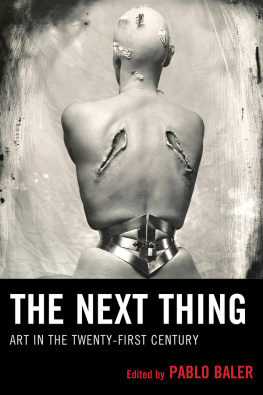

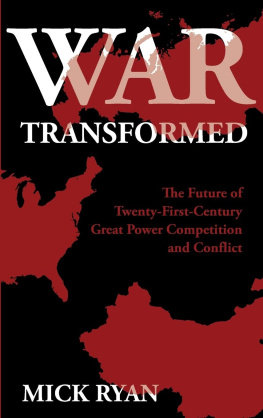
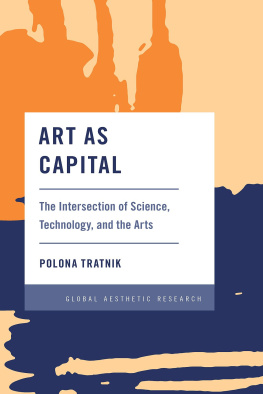
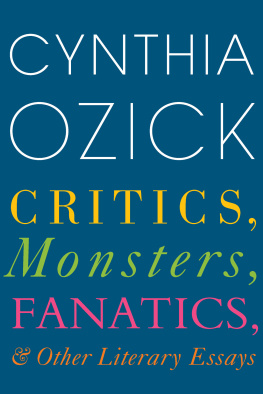
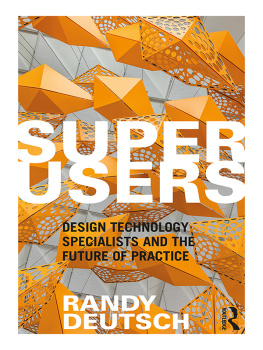
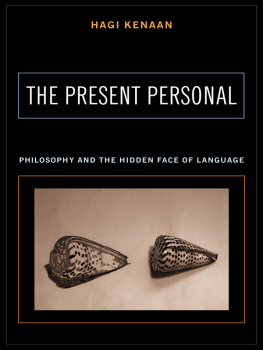
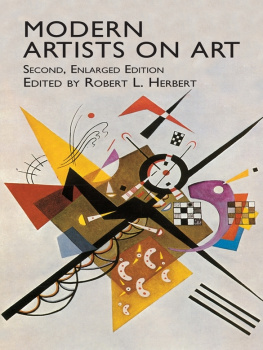
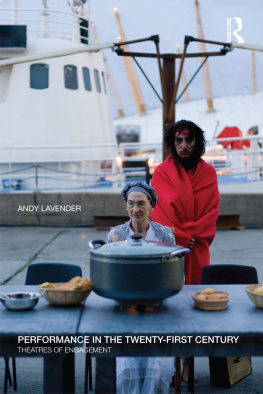

 The paper used in this publication meets the minimum requirements of American National Standard for Information SciencesPermanence of Paper for Printed Library Materials, ANSI/NISO Z39.48-1992.
The paper used in this publication meets the minimum requirements of American National Standard for Information SciencesPermanence of Paper for Printed Library Materials, ANSI/NISO Z39.48-1992.






